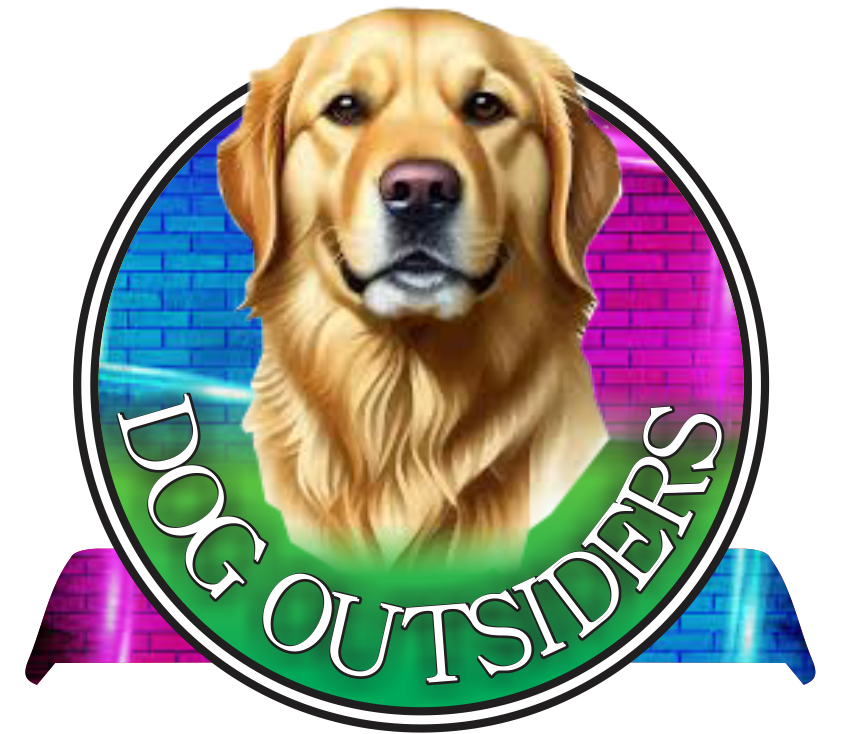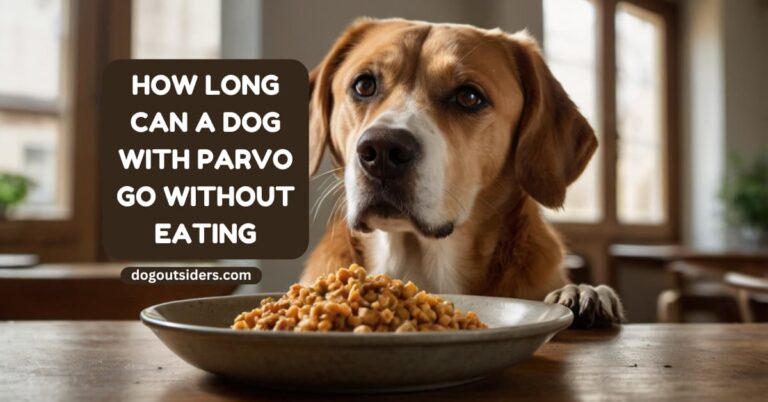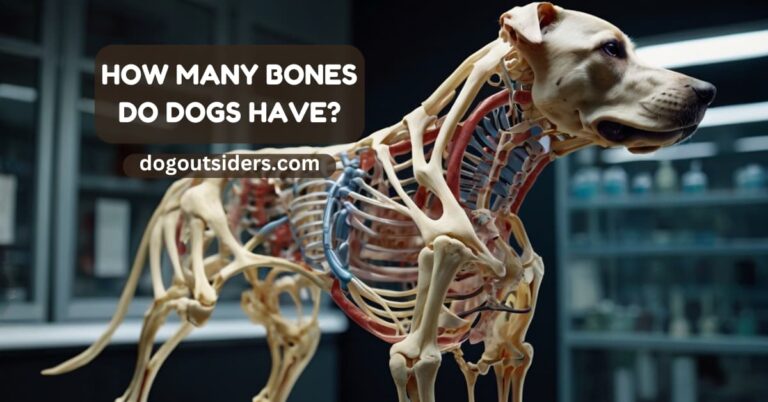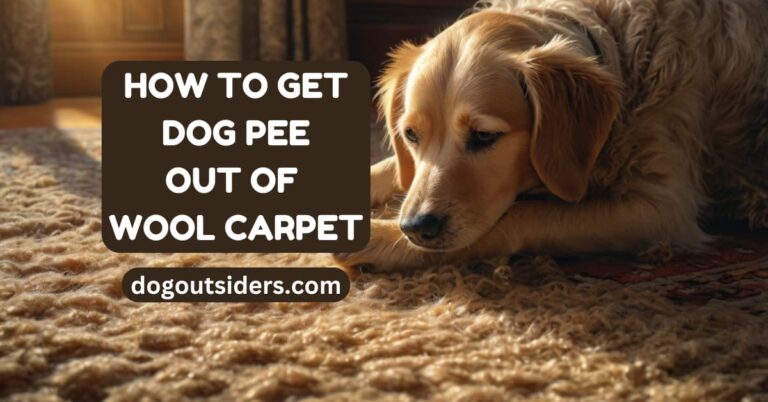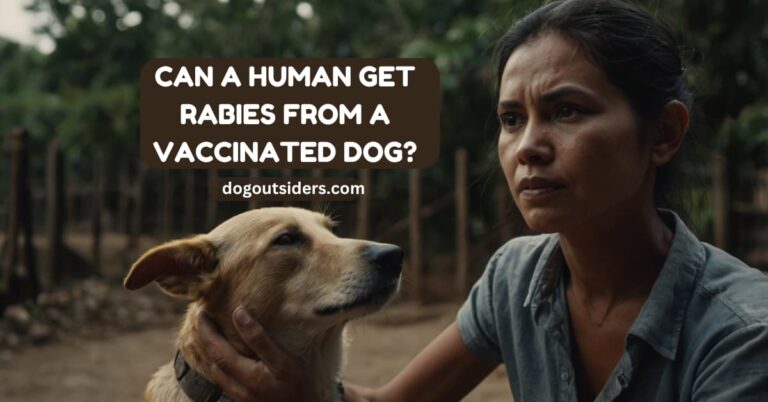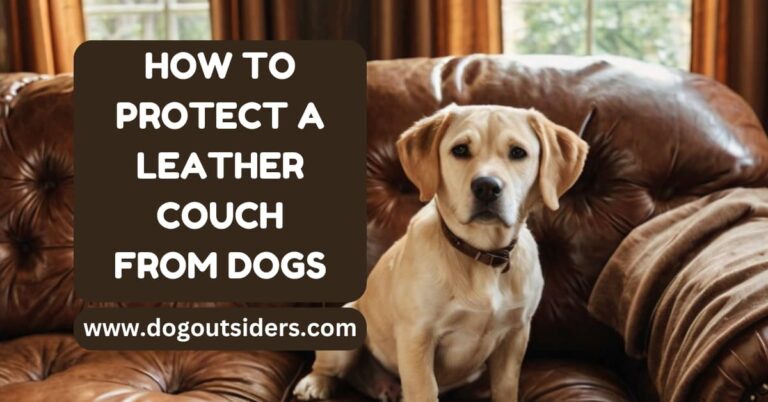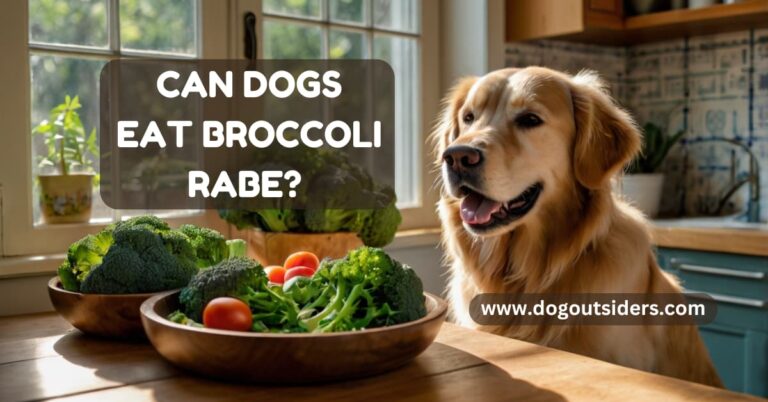I love sharing cheesy pizza snacks with my dog, but not all human food is safe for them, especially when it comes to dogs pizza and pizza treats for my pizza pooch. While pizza rolls might seem like a fun treat, I often wonder if they are actually good for dogs. The ingredients in pizza rolls can pose risks like digestive issues or allergic reactions. It’s essential to know what’s safe and what’s not. In this post, I’ll explore, Can dogs eat pizza rolls and what alternatives I can offer my furry friend instead. Let’s explore the facts together.
Key Takeaways
- Dogs should not eat pizza rolls due to potential health risks, including high fat and sodium content.
- If your dog accidentally consumes pizza rolls, monitor them for signs of distress such as vomiting or lethargy.
- Always prioritize safe foods for dogs, like fruits and vegetables, pizza dough, and pizza rolls, to ensure their health and well-being.
- Consider offering pizza-inspired treats specifically formulated for dogs, which can satisfy their cravings without harmful ingredients.
- Regularly educate yourself on dog-friendly snacks like dogs pizza or pizza roll to avoid giving harmful human foods to your pet.
- If your dog shows severe symptoms after eating inappropriate foods like dogs pizza or a pizza roll, do not hesitate to contact a veterinarian for guidance.
Can Dogs Eat Pizza Rolls
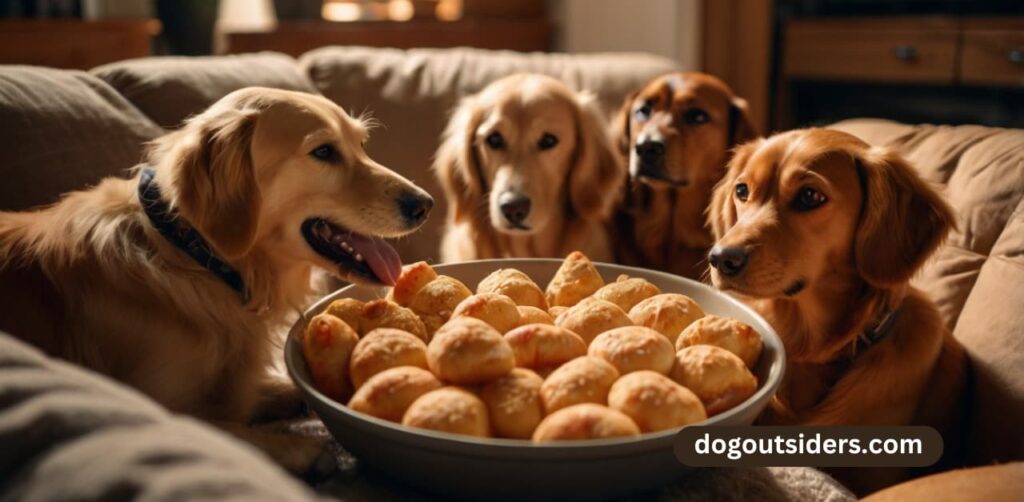
Nutritional Value
Pizza rolls lack essential nutrients that dogs need. They contain high levels of carbohydrates and fats but offer little protein, like dog pizza rolls and dog pizza sauce. Dogs require a balanced diet for optimal health. I often consider what my dog eats, focusing on nutritional value, including the occasional pizza roll. Pizza rolls simply do not fit into that category.
Digestive Issues
Many ingredients in pizza rolls can cause digestive problems in dogs. For example, pizza roll cheese and spices may lead to upset stomachs or diarrhea. Some dogs are lactose intolerant, making cheese particularly troublesome. I’ve seen my own dog react poorly to pizza rolls and dairy products, which reinforces this concern.
Potential Risks
The high sodium content in pizza rolls poses another risk. Excess salt can lead to dehydration and more serious health issues. The preservatives used in processed foods, like pizza roll, can be harmful over time. I prefer to avoid giving my dog any human food, like a pizza roll, that could have long-term effects.
Risks of Feeding Pizza Rolls
Harmful Ingredients
Many pizza rolls contain ingredients that can be harmful to dogs. Cheese is a common component. Many dogs are lactose intolerant, which means they cannot digest dairy well, like a pizza roll. This can lead to upset stomachs and diarrhea. Seasonings often found in pizza rolls, such as garlic and onion powder, are toxic to dogs. I always check labels before giving my dog any human food, like a pizza roll.
Greasy Nature
Pizza rolls are typically greasy. This grease comes from the pizza roll cooking process and the ingredients used. High-fat foods can upset a dog’s digestive system. They may experience vomiting or diarrhea after eating greasy snacks like pizza rolls. Over time, this pizza roll can lead to more serious health issues.
Obesity and Pancreatitis
Feeding dogs high-fat snacks like pizza rolls increases the risk of obesity. Obesity can cause numerous health problems, including joint issues, diabetes, and pizza roll consumption. Moreover, it can lead to pancreatitis, which is an inflammation of the pancreas, especially after consuming a pizza roll. This condition can be severe and may require veterinary treatment. My vet once warned me about the dangers of feeding my dog pizza roll fatty foods.
In summary, while it might be tempting to share pizza rolls with your dog, the risks outweigh the benefits. The harmful ingredients in pizza rolls and greasy nature pose significant health threats. It’s best to stick to dog-friendly treats instead.
Signs of Distress in Dogs
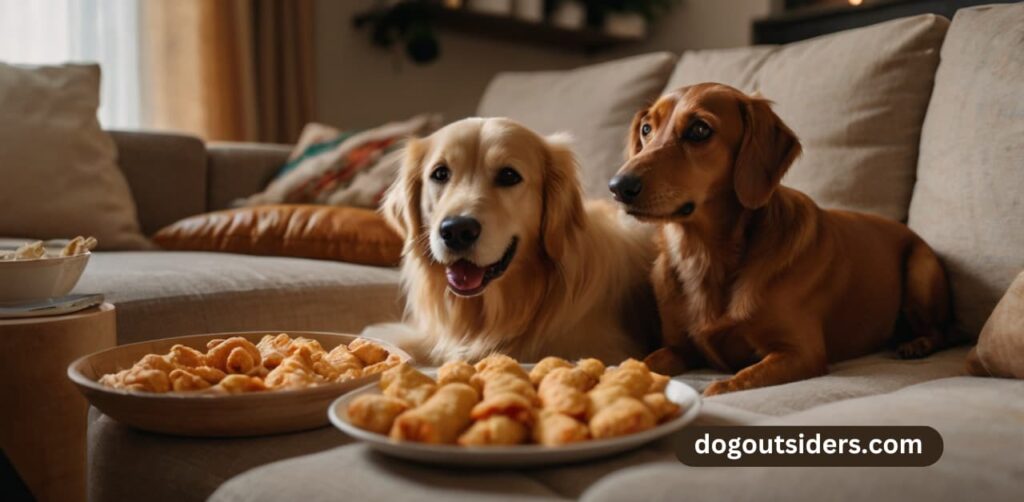
Symptoms
Common symptoms indicate that a dog may be experiencing digestive issues. These include vomiting, diarrhea, and excessive drooling. Dogs may also show signs of lethargy or loss of appetite. If my dog starts acting unusually tired, like a pizza roll, I pay close attention.
Behavioral Changes
Changes in behavior can signal discomfort or illness. For example, dogs might pace, whine, or hide when they feel unwell. They may also avoid their favorite activities. Observing these changes helps in identifying potential health issues early.
Monitoring After Eating
It’s crucial to monitor dogs closely after they consume inappropriate foods like pizza rolls. Keeping a close eye on them can reveal any immediate reactions. I often check for signs of distress within a few hours after feeding them something new. Early detection can prevent more serious health issues down the line.
In summary, recognizing the signs of distress in dogs is essential for their well-being. Being vigilant about their symptoms and behavioral changes can lead to timely interventions. Always consult a veterinarian if you notice any concerning signs after your dog eats something questionable.
Steps if Dog Eats Pizza Rolls
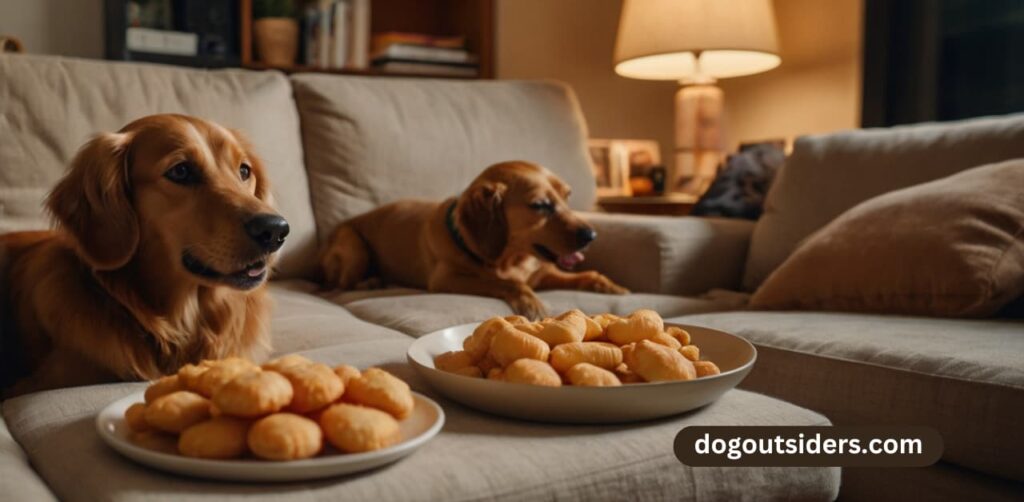
Immediate Observation
Observe your dog closely after they eat pizza rolls. Look for any adverse reactions such as vomiting, diarrhea, or lethargy. These symptoms may indicate a food intolerance or allergy. I always pay attention to my dog’s behavior after they try new foods.
If the dog shows signs of distress, take action quickly.
Contact Veterinarian
Contact a veterinarian if you notice anything unusual. A professional can provide guidance based on your dog’s specific situation. They may ask about the ingredients in the pizza rolls and how much was consumed. I once had to call my vet when my dog ate something questionable. It was reassuring to have their expertise.
Keep Hydrated and Calm
Keep your dog hydrated and calm during this time. Fresh water should be available at all times. Stress can worsen their condition, so create a quiet space for them to relax. Monitor their water intake and encourage them to drink.
Assessing their condition is crucial. If symptoms persist beyond a few hours, seek medical help immediately.
Safe Foods for Dogs
Healthy Snacks
Many healthy snacks are safe for dogs. Carrots and green beans make excellent choices. These vegetables are low in calories and high in fiber. I often give my dog carrot sticks as a treat. He loves the crunch and it helps keep his teeth clean.
Fruits and Vegetables
Fruits like apples and blueberries provide nutritional benefits. Apples offer vitamins A and C, while blueberries contain antioxidants. Always remove seeds and cores before sharing these fruits with your dog. My dog enjoys apple slices during our afternoon walks.
Consult Your Vet
Consulting with a vet is crucial before introducing new foods. Some dogs may have food intolerances or allergies. Foods like garlic and onions can be harmful to dogs. High salt and fat content in human food can also lead to health issues. Regular dog food should remain the primary source of nutrition. Quality dog food meets all dietary needs.
Veterinarians can guide you on safe options for your dog’s diet. They can help identify any toxic ingredients to avoid. Knowing what is safe ensures that your dog stays healthy and happy.
Pizza-Inspired Treats for Dogs
Homemade Options
Homemade pizza-inspired treats can be a fun way to include your dog in pizza night. I often make pup pizza rolls using simple ingredients. Mix whole wheat flour, water, and a bit of olive oil to create the dough. Roll it out and cut it into small pieces. Add cooked chicken or turkey as toppings.
You can also use pizza sauce made from fresh tomatoes and herbs. Avoid store-bought sauces with garlic or onion, as these are harmful to dogs.
Commercial Treats
Many brands offer commercially available dog treats that mimic pizza flavors. Look for options like pizza pops or pizza pockets specifically designed for dogs. These products usually contain safe ingredients, such as chicken or beef, along with dog-friendly seasonings.
Always check the label for harmful additives. Some treats even come in fun shapes, making snack time exciting for your pup.
Creative Snacks
Get creative when making dog-friendly snacks that resemble pizza. Use pizza crust made from oats or rice flour as a base. Top it with shredded cheese or veggies like bell peppers and carrots.
I enjoy experimenting with different toppings to see what my dog prefers. This not only keeps snack time interesting but also allows me to control the ingredients.
Benefits of Dog-Friendly Snacks
Enhanced Diet
Dog-friendly snacks can greatly enhance a dog’s diet. These treats often contain nutritional ingredients that support overall health. For instance, snacks with real meat, vegetables, or whole grains provide essential nutrients. My dog loves treats made from sweet potatoes and chicken. I notice he has more energy after eating them.
Training Rewards
Treats play a crucial role in training. They serve as effective rewards for good behavior. Dogs respond well to positive reinforcement. Giving a snack after a command is completed strengthens the learning process. I find that my dog learns faster when I use tasty treats during training sessions.
Energy Levels
Nutritious snacks positively affect a dog’s energy levels. Healthy options help maintain stamina throughout the day. Dogs require energy for playtime and exercise. A balanced diet with quality snacks keeps them active and happy. I’ve seen how much more playful my dog becomes when he eats healthy snacks regularly.
Choosing the right snacks can make a significant difference in your dog’s life. It’s important to ensure that any treat aligns with their dietary needs. Always consider the ingredients before sharing human food with your pet.
When to Contact a Vet
Seeking veterinary advice is crucial when uncertain about a dog’s health. Dogs can have different reactions to certain foods, including pizza rolls. If a dog shows signs of distress after eating something unfamiliar, it’s wise to consult a vet.
Several scenarios require immediate veterinary care. If your dog experiences vomiting, diarrhea, or lethargy after consuming pizza rolls, contact a vet right away. These symptoms could indicate an adverse reaction or an underlying health issue. If you notice any swelling or difficulty breathing, seek help immediately.
Regular check-ups play a vital role in maintaining a dog’s health. I make it a priority to take my dog for annual visits. During these check-ups, the vet can assess dietary concerns and recommend appropriate snacks. This proactive approach helps prevent potential health problems related to diet.
It’s essential to monitor your dog’s behavior and eating habits closely. Changes might signal health issues that need attention. Always err on the side of caution when it comes to your pet’s well-being.
In summary, being aware of your dog’s reactions to food is important. Consulting with a vet can provide peace of mind and ensure your furry friend stays healthy.
Final Remarks
I’ve laid out the essentials about whether dogs can munch on pizza rolls. While it might be tempting to share my snacks, I need to remember the risks involved. Dogs have different dietary needs, and some human foods can cause them distress. Instead, I can opt for dog-friendly treats that keep my furry friend happy and healthy.
Let’s prioritize our pups’ well-being. I encourage everyone to explore safe alternatives and consult a vet if unsure about any food. Keeping our dogs safe is the name of the game. So, let’s stick to what’s best for them. Happy snacking!
Frequently Asked Questions
No, dogs should not eat pizza rolls. They contain ingredients like cheese, spices, and preservatives that can upset a dog’s stomach and lead to health issues.
Feeding pizza rolls can cause digestive problems, obesity, and even pancreatitis in dogs due to high fat and calorie content. Ingredients like garlic and onions are toxic to them.
Watch for symptoms such as vomiting, diarrhea, lethargy, or abdominal pain. If you notice these signs, consult your veterinarian immediately.
Remove any leftover pizza rolls from their reach. Monitor for distress signs and contact your vet if symptoms appear. Quick action can prevent serious issues.
Offer plain cooked chicken, carrots, or pumpkin as healthy alternatives. These options provide nutrients without harmful additives found in pizza rolls.
Yes! Many brands offer dog-friendly pizza-flavored treats made with safe ingredients. Look for those formulated for canine health to satisfy their cravings.
Dog-friendly snacks promote better health by avoiding harmful ingredients. They provide essential nutrients and can enhance training sessions, making them enjoyable and beneficial for your pet.
